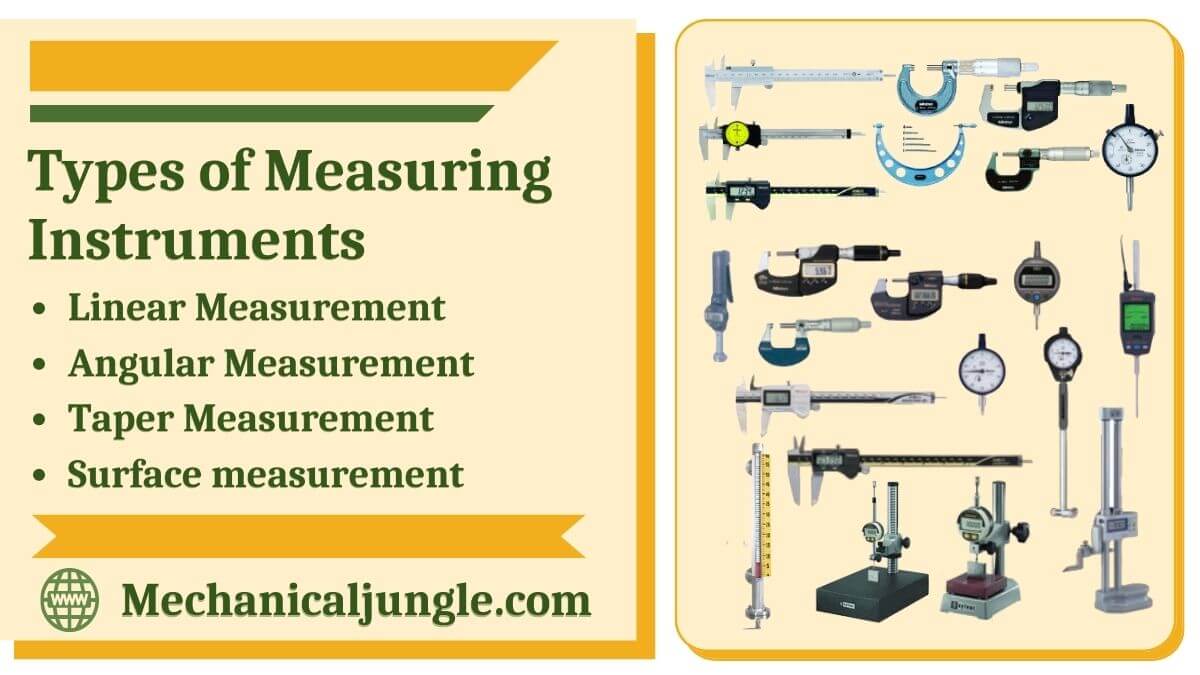
Types of Measuring Instruments:
With the need to create quality products that meet design tolerances, a large number of firms use measuring instruments with high accuracy and precision. The specialized branch of science dealing with such instruments is known as metrology.
#1. Linear Measurement
1.1. Non-Precision Equipment:
Steel Rule:-

It is also known as scale. It is a line measuring device. It is the simplest & most common measuring instrument used in inspection. The scale can be 150 mm, 300 mm, 600 mm, or 1000 mm long.
Calipers:-
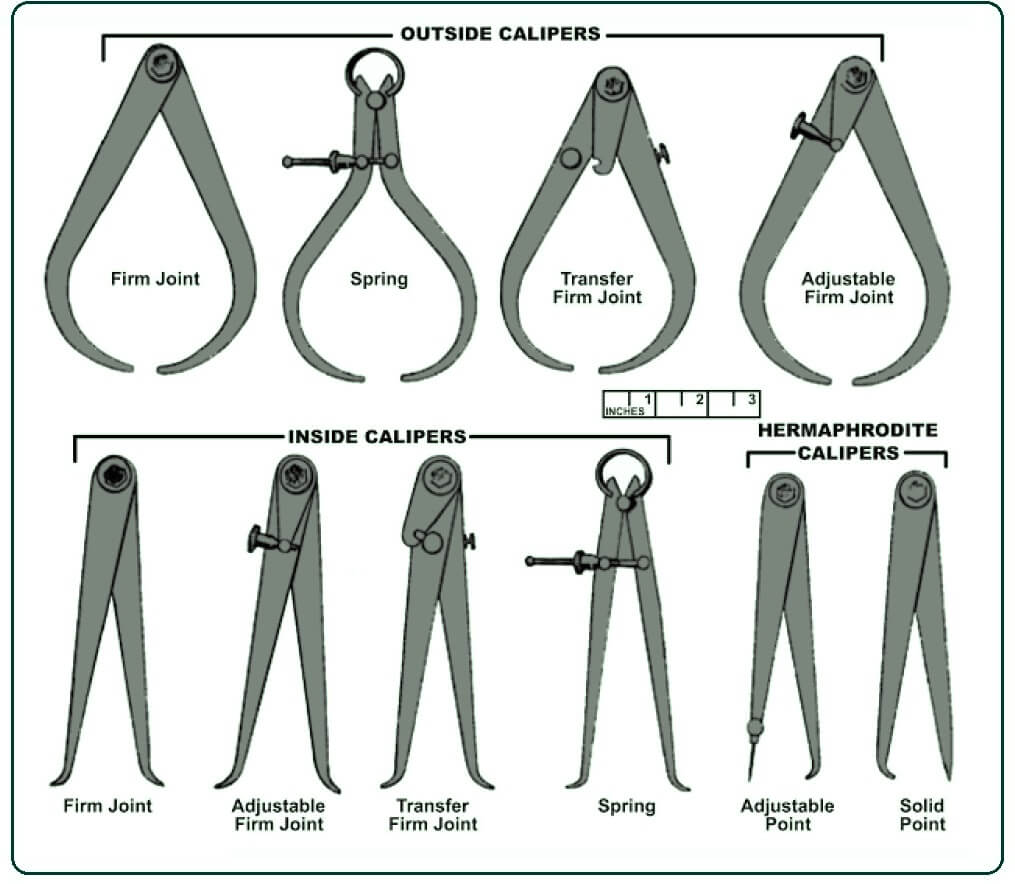
Calipers are instruments used to measures the distance between two opposite faces of an object. The tip of the caliper is adjusted to fit the points being measured; then, the caliper is removed and read by measuring the distance between the tips with a measuring instrument, such as a ruler.
Different types of calipers are outside caliper, inside the caliper, spring caliper, transfer caliper, hermaphrodite caliper.
Dividers:-
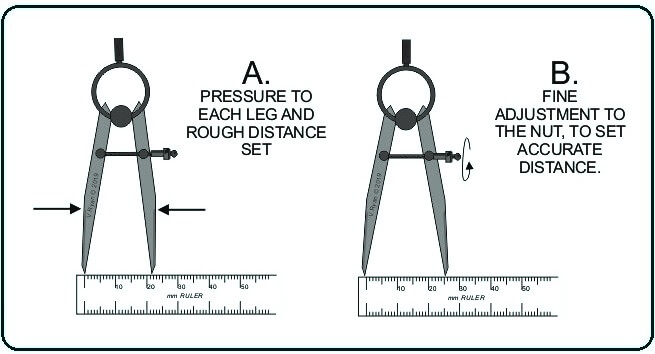
It is used to measure, move or mark distances with two straight adjustable legs held together. It is mainly used in the machine shop for the precise transfer of dimensions from a measuring scale and for inscribing lines on surfaces.
Telescopic Gauge:-
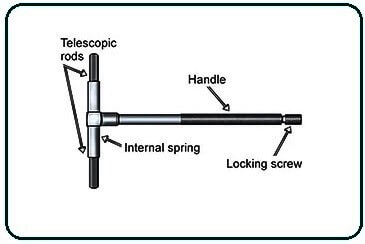
A telescopic gauge is a measuring instrument with a spring-loaded plunger used to measure holes or inside holes with micrometres. The telescopic gauge is certainly preferable for measuring simple round holes because it has potentially greater levels of accuracy.
Depth Gauge:-
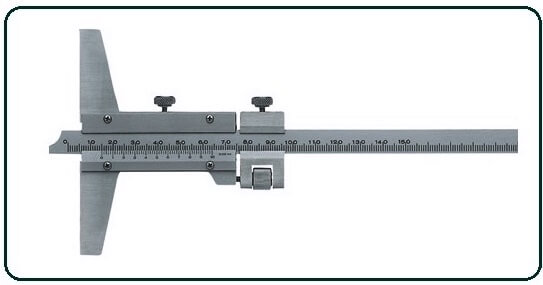
The depth gauges are used to measure the depth of a slot, holes, or any other surface of objects. It can be of a scales, dial, or digitals type.
1.2. Precision Instruments:-
Micrometer:-

It is also known as a micrometer screw gauge. The spindle of the micrometer is a very precise machined screw, & the object to be measured is placed between the spindle & the anvil.
The spindle is rotated by turning the ratchet knob until the object to be measured is lightly touched by both the spindle & the anvil. The different types of micrometers are outer micrometer, inner micrometer, vernier micrometer, depth micrometer, pitch micrometer.
Vernier Caliper:-
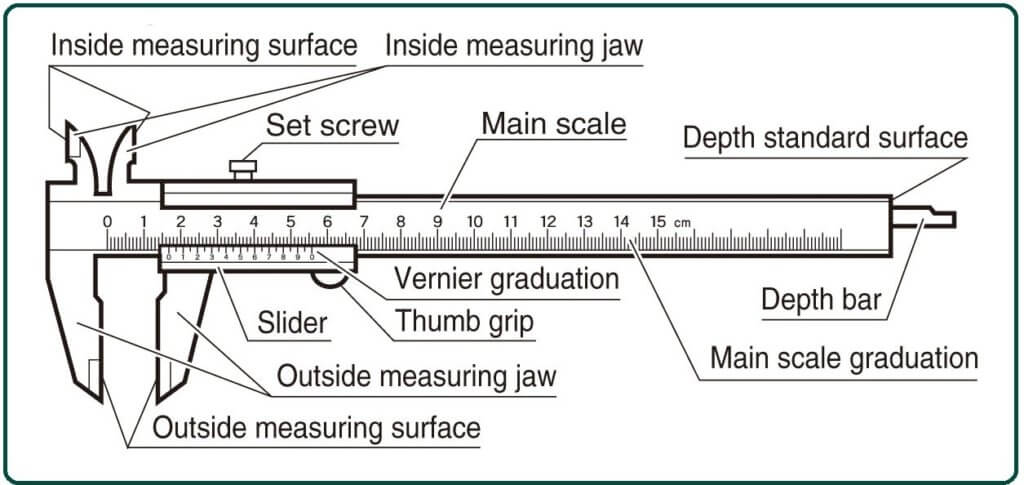
Vernier caliper is primarily for measuring both inside and outside diameters. The measuring range of the caliper can be 0 to 25, 0 to 150, 0 to 200 mm, etc. If there is an error in the measuring instrument, then it is called zero error. And the correction done to eliminate the error is called zero correction.
Vernier Height Gauge:-
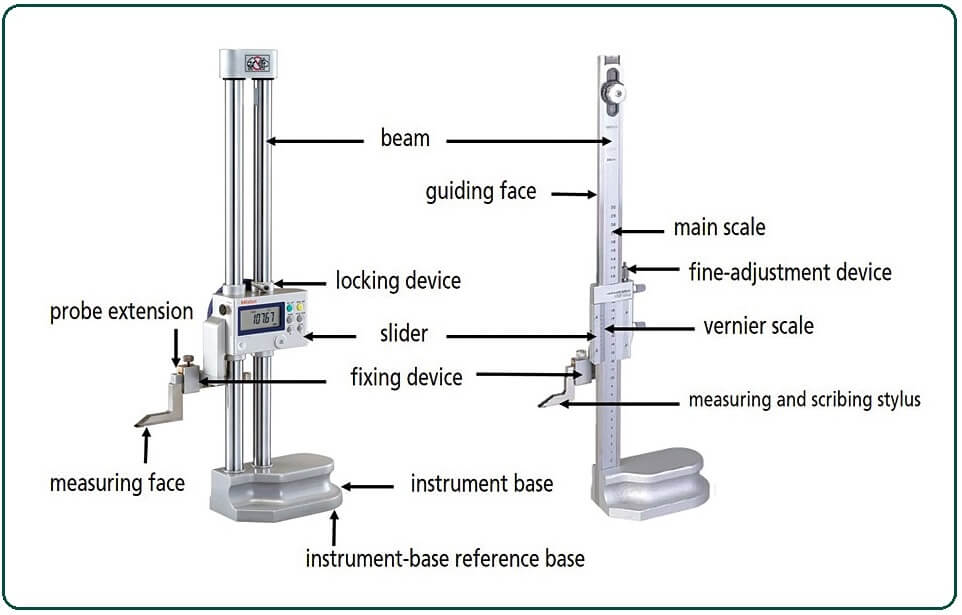
It is used to take accurate vertical measurements of various objects. They often have a scribbling tool as a measurement level, allowing the operator to repeatedly mark vertical distances on pieces of metal.
Vernier height gauges and electronic height gauges are the two main types of instruments used to make accurate vertical measurements.
Slip Gauge:-
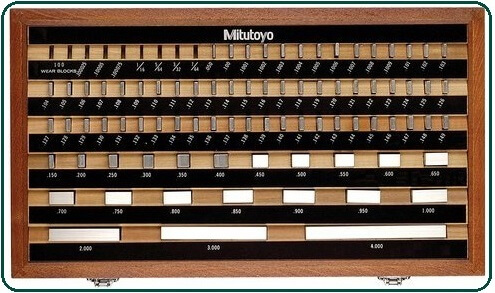
Slip gauges were firsts developed by Johnson & are sometimes referred to as ‘Johnson gauge blocks’. These are rectangular blocks of steel with a cross-section of approximately 32 mm x 9 mm.
If two slip gauges are swung together under a certain pressure, they will stick to each other quite firmly due to molecular attraction and atmospheric pressure. This process is known as wrinkling. This process is very useful for connecting multiple gauge blocks to produce a required shape.
Comparators:-
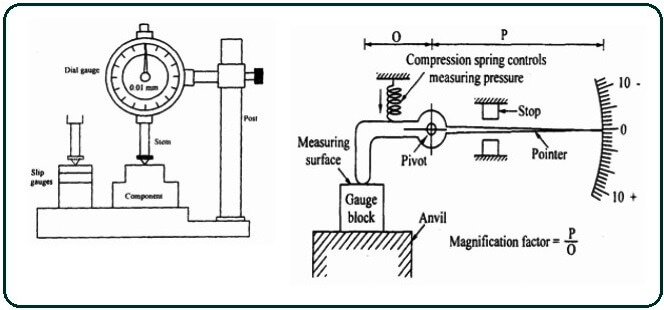
A comparator works on relative measurement, i.e. it gives only dimensional difference with respect to abasic dimensions.
The comparator compares the unknown dimensions of a component with some standard or master setting that represents the original size and dimensional variations from the master.
The advantage of comparators is that their use does not require much skill on the part of the operator. Comparators are classified as mechanical, electrical, optical, & pneumatic.
#2. Angular Measurement
2.1. Non-Precision Instruments:
Protractor:-
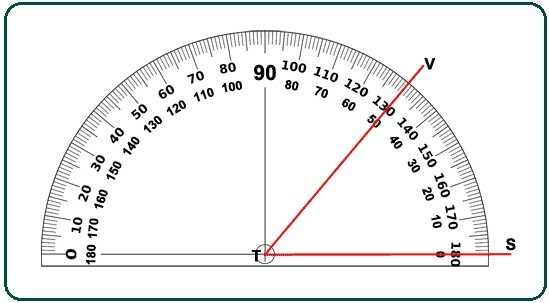
Protractors are measuring instruments, usually made of transparent plastic or glass, for measuring angles. Some protractors are simple half-discs, such as a bevel protractor with one or two swinging arms that can be used to help measure angles.
Adjustable Bevel:-
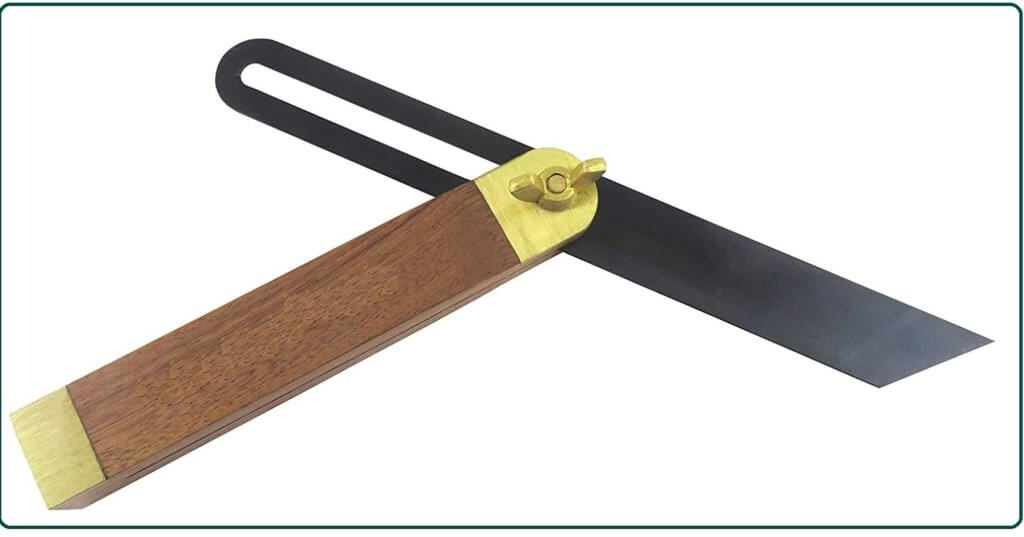
A sliding T bevel, also known as a bevel gauge or false square, is an adjustable gauge for setting and moving angles. The bevel can be used to mimic an existing angle or can be set to the desired angle using it with any other measuring tool such as a protractor.
Try Square:-
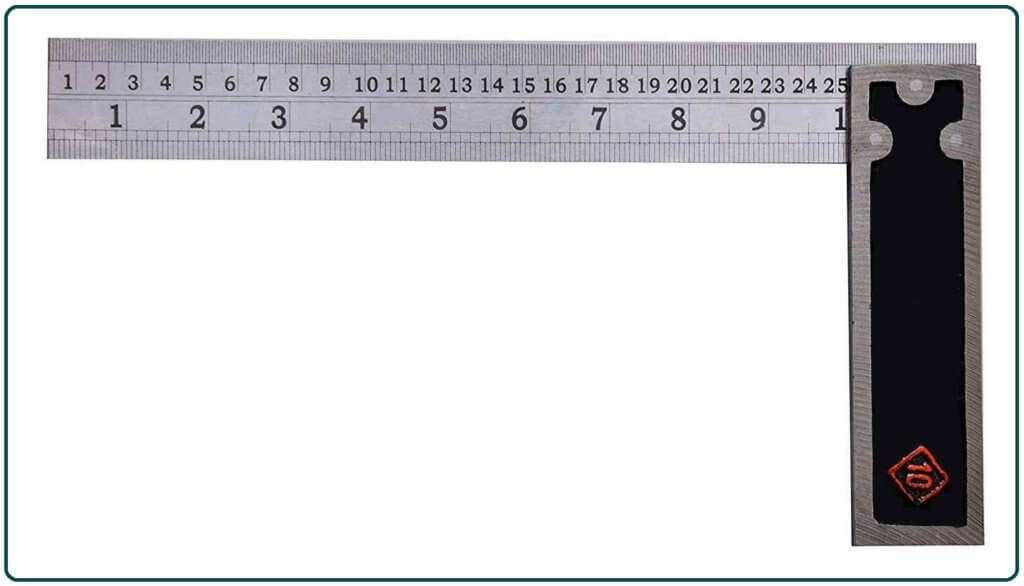
An engineer’s square is a tool used for working in metal to check whether a workpiece is square or not. It can also be used to helps draw or write a line at 90 degrees to the edge of a workpiece.
Combination Square Set:-
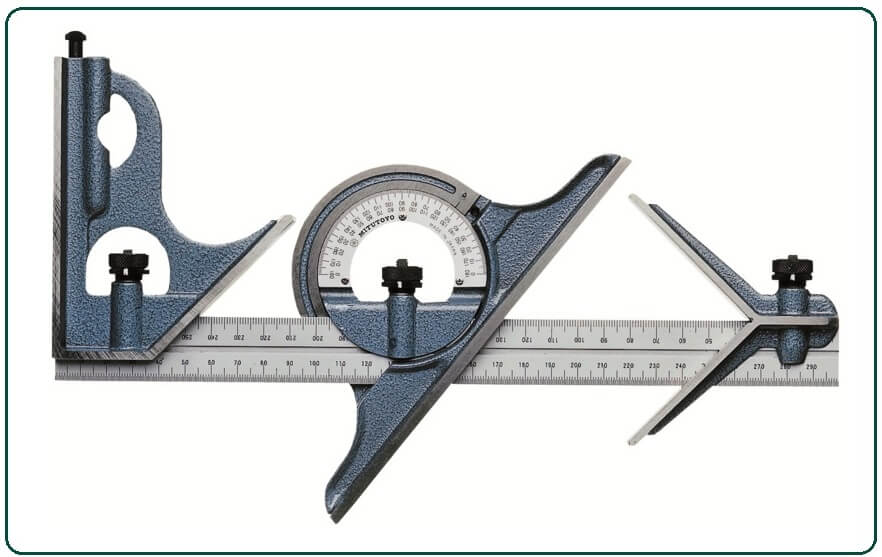
It is a tool used for many purposes in woodworking and metalworking. It consists of a blade and a moving head called a square head, a protractor, and a center head. The most common heads are standard or squares head used for laying or checking right angles and 45° angles.
2.2. Precision Instruments:
Bevel Protractor:-
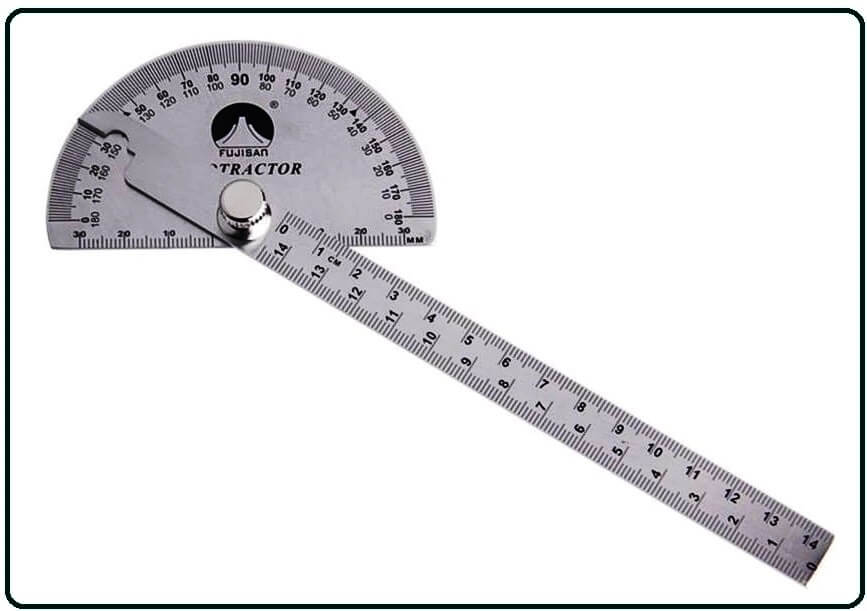
It is used for setting and testing angles very close. It reads up to 5 minutes or 1/20 degree and can be fully used through 360 degrees.
Sine Bar:-
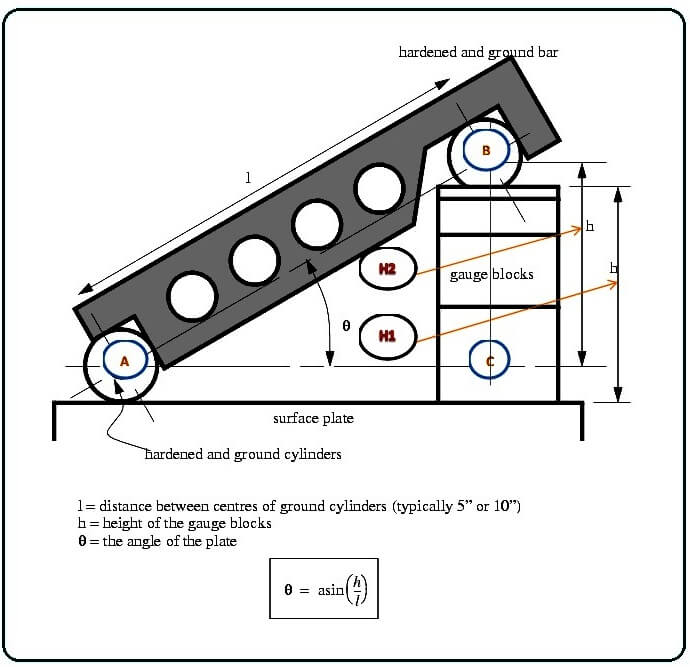
A sine bar consists of a rigid, precision ground body with two precision ground cylinders at the ends. When the sign bar is placed on a flat surface, the top edge shall be parallel to that surface.
If a roller is raised by an unknown distance, the top edge of the bar will be tilted by the same amount of angle, perhaps calculated by the application of the sine bar.
Angle Gauges:-
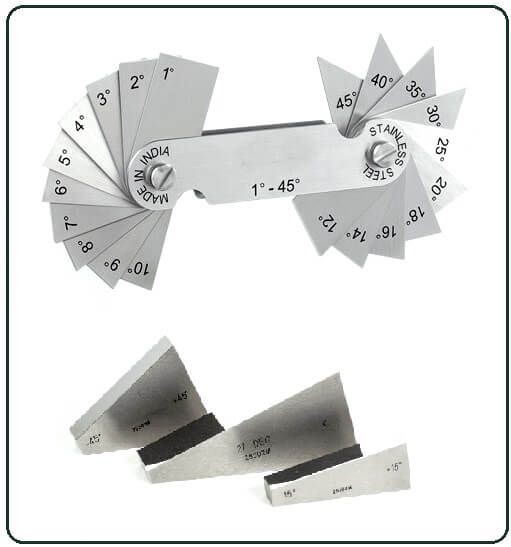
These are wedge-shaped steel blocks, and their working faces are finished like slip gauges, enabling them to slide together in combinations. A complete set of twelve pieces is divided into three chains. 1, 3, 9, 27 & 41 degrees; 1, 3, 9 & 27 minutes; 0.1, 0.3 and 0.5 min.
Spirit level:-

Spirit level, a bubble level, is designed to indicate whether the surface is horizontal or not. The spirit level had very few curved glass vials with a constant inner diameter at each viewing point.
These vials are incompletely filled with liquid ethanol- because alcohol has a low viscosity and surface tension that allows bubbles to travel down the tube quickly. A colorant such as a fluorescein, usually yellow or green, is added to increase visibility.
Clinometer:-
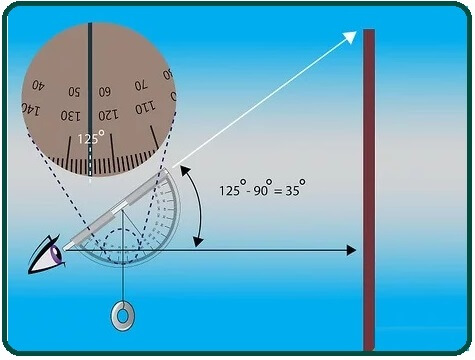
Clinometers are an instrument for measuring the slope, elevation, or angles of depression of an object with respect to gravity. It is also called tilt meter, slope alert, gradient meter, declinometer, pitch, and roll indicator.
The clinometer measured both the positive incline slope and the negative fall slope using three different green units, i.e. degree, percentage, and topo.
#3. Taper Measurement
The taper angle is measured by bevel protractor, toolroom microscope, autocollimator, sine bar, rollers, slip gauge, and micrometer. The taper micrometer itself has the sine bar principle and gives the true value of the taper of small angles.
Large tapers can be obtained directly from micrometer readings. This makes it possible to test both internal and external taper up to ten times faster than older traditional methods and does not require a sine bar or more elaborate equipment.
#4. Surface measurement
4.1. Straight Edge:
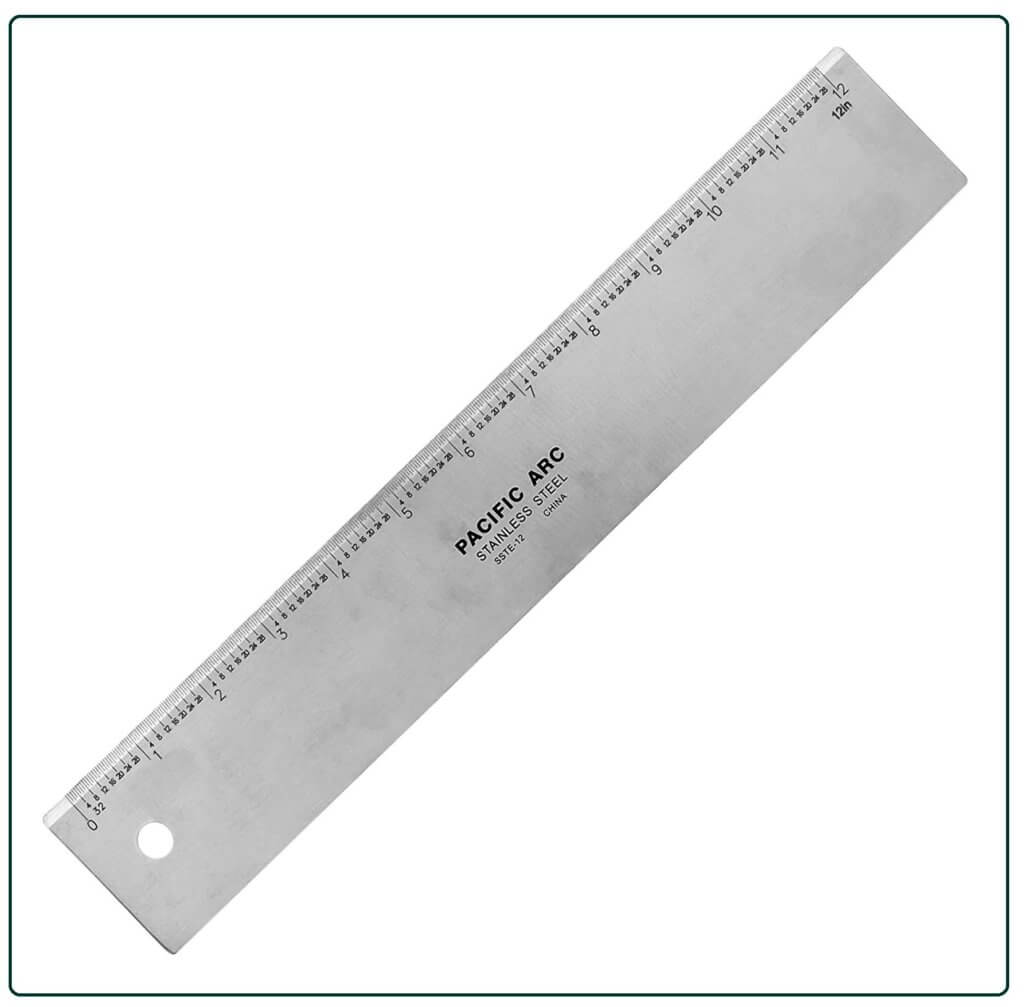
It is used to tests the straightness & flatness of flat surfaces. The simple shape is rectangular, but for precision work, one edge is beveled or made as to the edge of a thin knife. The narrow edge is the working surface, and the wide edge serves as the base when not in use.
Flatness is checked by an alight test. The narrow edge is applied to the surfaces to be tested & held horizontally at eye level, looking for light between the straight edge and the surface.
4.2. Surface Gauge:

It is extensively used in laying the parts which are to be fitted or machined. It is used to test the equality of functions. If the scriber is replaced with a dial indicator, it becomes a precision instrument.
The tools have V-shaped grooves at the bottoms of the base to rest the block on a round bar to set dimensions from the bar to another part of the work.
4.3. Optical Flat:
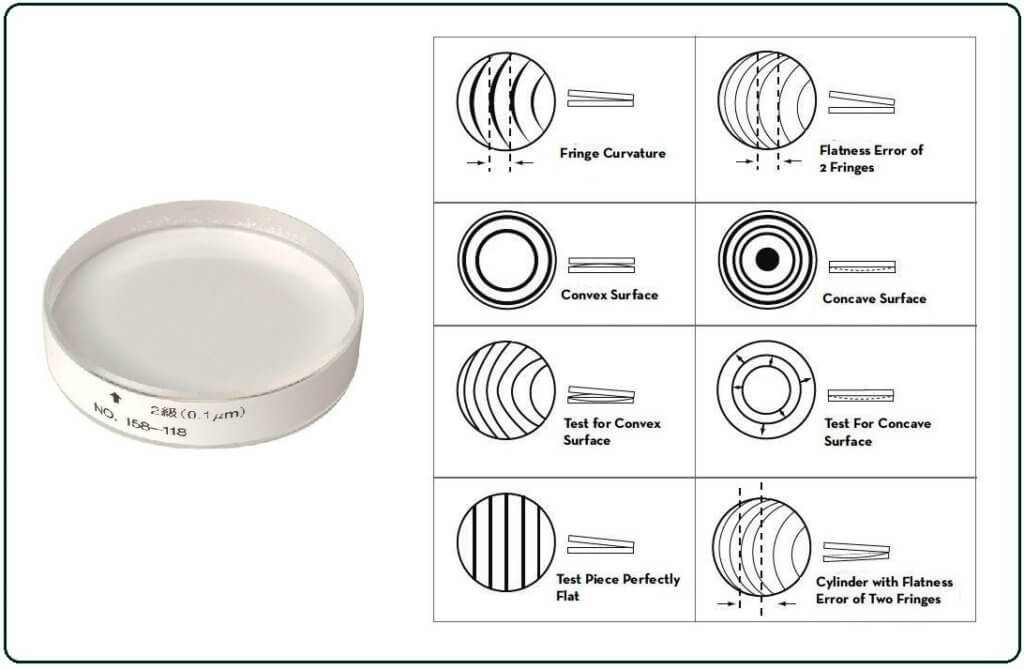
Optical flats are optical grade pieces of glass and are polished to be extremely flats on one or sides both, usually within a few tens of nanometers. They are used to determine the flatness of other surfaces with a single wavelength of monochromatic light.
When an optical flat is placed on another’s surface & illuminated, the light waves are reflected off the flat’s lower surface and onto the surface on which it is resting. The reflected waves interfere, creating patterns of interferences fringes visible as light & dark bands.
Flats surface is represented by a pattern of straight, parallel fringes with equal spacing, while other patterns indicate uneven surfaces. Typically, only one of the two surfaces of an optical flat is made flat to a specified tolerance, & this surface is indicated by an arrow on the edges of the glass.
Frequently Asked Questions
What Is Metrology?
Metrology is the branch of science that deals with measurement. It focuses on ensuring accuracy and precision in measuring instruments and systems to meet design tolerances and quality standards.
What Are Linear Measurement Instruments Used For?
Linear measurement instruments are used to measure the length, width, height, or depth of an object. They ensure that dimensions are accurate according to specified tolerances. Common instruments include steel rules, calipers, micrometers, and depth gauges.
How Do Calipers Differ from Micrometers?
Calipers measure the distance between two opposite faces of an object and can be used for both internal and external measurements. Micrometers are used for more precise measurements of small dimensions and have a finely calibrated screw mechanism.
What Is the Purpose of a Protractor in Angular Measurement?
A protractor measures angles and helps determine the degree of an angle between two intersecting lines or surfaces. It is commonly used in both technical and educational settings.
How Does a Sine Bar Work for Measuring Angles?
A sine bar consists of a rigid bar with two precision-ground cylinders at the ends. By placing it on a flat surface and raising one end, the angle of the bar can be calculated using trigonometric principles.
What Is the Function of a Surface Gauge?
A surface gauge is used to check the flatness and straightness of surfaces. It helps in setting dimensions and ensuring that parts are aligned correctly during machining.
What Is the Difference Between a Spirit Level and a Clinometer?
A spirit level measures whether a surface is horizontal or vertical by using a bubble in a liquid-filled vial. A clinometer measures the slope, angle of elevation, or depression of an object relative to gravity.
How Do Optical Flats Determine Surface Flatness?
Optical flats are highly polished glass plates that, when placed on a surface and illuminated, create interference patterns. These patterns help determine the flatness of the surface by comparing the reflected light with the reference surface.
What Is the Role of Comparators in Measurement?
Comparators are used for relative measurements, comparing an unknown dimension with a standard or master setting. They are helpful for identifying dimensional variations with high accuracy.
When Would You Use a Telescopic Gauge?
A telescopic gauge is used for measuring internal dimensions of holes or slots with high precision. It is particularly useful for round holes where accuracy is critical.
What Is Zero Error in Vernier Calipers and How Is It Corrected?
Zero error occurs when the Vernier calipers do not read zero when the jaws are fully closed. This error is corrected by adjusting the calibration so that the reading aligns with zero when the instrument is not in use.
Why Are Slip Gauges Used in Measurement?
Slip gauges are used for precise length measurements by stacking them to achieve a desired dimension. They are important for calibrating other measurement instruments and for setting up precise measurements in various applications.

